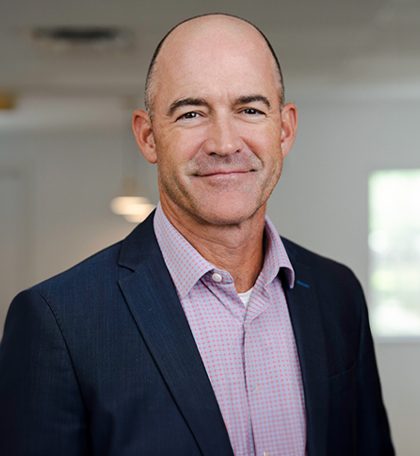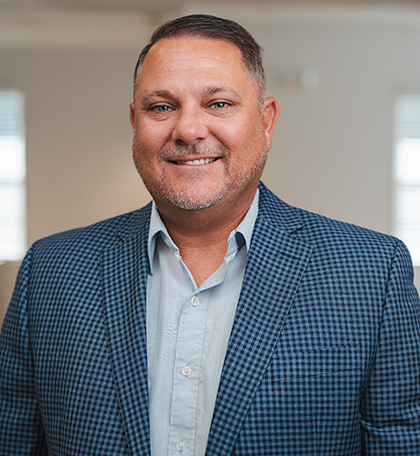Transcript:
Hey, it’s Jeremy Riggs, certified financial planner at Base Wealth Management. You’ve probably heard the old line, “It’s not what you earn, it’s what you keep.” After 10 years helping families with incomes that range from comfortably modest to comfortably eye-popping, I’ve seen that idea play out again and again. So let’s talk about a simple way to give every dollar a job, some call the “15-65-20 rule.”
Before the numbers, here’s a quick story. Last fall, I met Chris and Jamie, a pair of high school teachers, who also coached soccer on the weekends. Their combined income is about $72,000 a year. It’s solid, but nothing close to Wall Street bonuses. Even so, any surprise expense still landed on a credit card. Once they started slicing paychecks with the 15-65-20 approach, they built a one-month cash buffer in six weeks and haven’t carried a balance since. Their salaries didn’t jump. The plan did.
Here’s how the framework works in real life. The first $0.15 of every dollar is future you money. It heads straight into a separate savings account until there’s enough to cover one month of absolutely essential expenses. The stuff that keeps the lights on, the roof in place, nothing more. After the first milestone, the same 15% keeps rolling towards three months and then six months of cushion and eventually towards long-term investments like workplace retirement or an IRA. That early skim makes surprises a nuisance instead of a crisis and gives compound growth time to do its slow, steady thing.
Now the next $0.65 is where everyday life lives. Rent, mortgage, groceries, utilities, insurance, car payments, whatever it takes to keep the wheels turning. Locking core costs inside that number is harder than it sounds because expenses love to grow with everyday raise. Setting a ceiling forces choices. Maybe you negotiate rent, maybe you drive something a little older, maybe you rethink that twice a day coffee run. When the basics stay contained, every bump in pay actually moves the needle instead of disappearing into lifestyle creep.
That leaves $0.20. That’s the guilt-free zone. Concert tickets, weekend getaways, the fancy earring you’ve been eyeing. Spend it, enjoy it, and don’t apologize for it. Let yourself have fun. Money’s like a pressure valve. It keeps the large plan sustainable. White knuckling every dollar works for a month or two, then it tends to implode.
Execution is pretty straightforward. Direct deposit 15% into savings or retirement the moment it hits your account, so you never have to decide. Use your main checking account for the 65% of bills that are on auto-pay. Then swipe a separate debit for the 20% that’s pure enjoyment. When that card is empty, the fun pauses until next payday. Once a quarter, poke around. Did your income change? Are goals different? Do the percentages still make sense?
That’s the entire idea. It isn’t a promise or a guarantee, just one practical framework that’s helped plenty of people from teachers like Chris and Jamie to higher income earners with more zeros. Try it for 90 days. See how it feels. And if you’d like a sounding board while you’re setting things up, you know where to find me.





